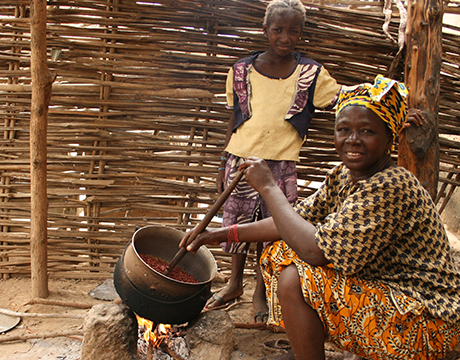Clearing the Air Over Cookstoves
Clearing the Air Over Cookstoves


Much of the developing world heats water and cooks meals over an open fire. Fueled by wood, charcoal, other forms of biomass, this essential household practice is also the cause of deforestation, pollution and respiratory illness.
As a solution, varieties of clean and efficient cookstoves have been distributed to nearly 830 million people worldwide over the past 50 years. Yet, these improved stoves have largely failed as a stand-in for simple open fires because the technologies are often not used as intended, or worse, not used at all.
A growing body of research suggests that cookstove use is shaped by many factors - not merely materials and construction, which are often the dominant considerations in the design process. Culture, demographics, local infrastructure and how cooking practices fit into people's every-day routines are also important factors in the social and environmental impact potential of these products.
A field study undertaken by teams of engineers from Arizona State University and Iowa State University supports this view. The teams made multiple visits to the rural Malian village of Nana Kenieba to study how various cooking tools were used. They found that while improved cookstoves were present in the village, the stoves had achieved minimal impact. Instead, wood continued to be the villagers' overwhelmingly dominant source of heating and cooking fuel.
This case study discusses the teams' findings and the importance of engineering cookstove technologies for both efficiency and impact.
Read the full case study.
Fall 2013 ?




